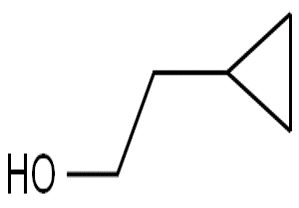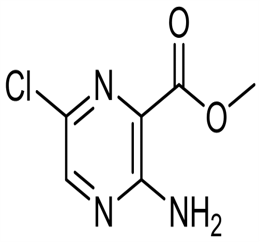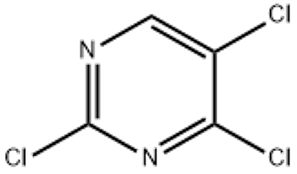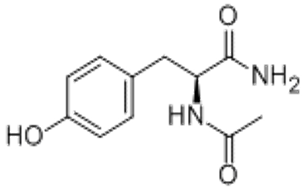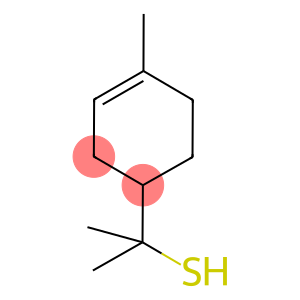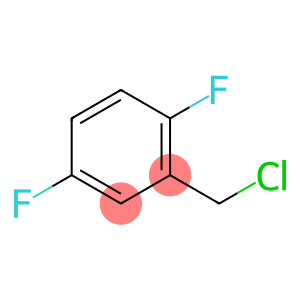2-Cyclopropylethanol(CAS# 2566-44-1)
| Hazard Symbols | Xn – Harmful |
| Risk Codes | R10 – Flammable R36 – Irritating to the eyes R22 – Harmful if swallowed |
| Safety Description | S16 – Keep away from sources of ignition. S23 – Do not breathe vapour. S36/37/39 – Wear suitable protective clothing, gloves and eye/face protection. S26 – In case of contact with eyes, rinse immediately with plenty of water and seek medical advice. |
| UN IDs | 1987 |
| Hazard Class | 3 |
| Packing Group | III |
Introduction
2-Cyclopropylethanol is an organic compound. The following is an introduction to its nature, use, manufacturing methods and safety information:
Quality:
- Appearance: Colorless liquid.
- Solubility: Soluble in water, alcohols and ether solvents.
- Stability: Stable at room temperature, but flammable at high temperatures and open flames.
Use:
- 2-Cyclopropylethanol is often used as a solvent and can be used as an intermediate or catalyst carrier in chemical reactions.
- It can be used in organic synthesis, such as for the synthesis of organic compounds such as ethers, esters, alcohols, and acetone.
- 2-Cyclopropylethanol can also be used as a raw material for surfactants and fragrances.
Method:
- 2-cyclopropylethanol can be obtained by the synthesis reaction of cyclopropylethanol. A common method is to react cyclopropyl halide with ethanol to produce 2-cyclopropylethanol.
Safety Information:
- 2-Cyclopropylethanol has a pungent odor and may be irritating to the eyes, skin, and respiratory tract.
- It is a flammable liquid, it should be kept away from open flames and high temperatures, and a well-ventilated environment should be maintained.
- When storing and handling, contact with strong oxidizing agents should be avoided.


